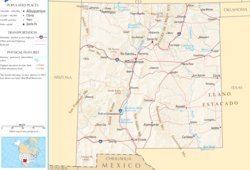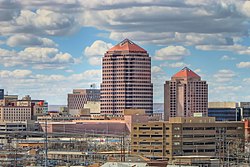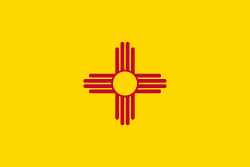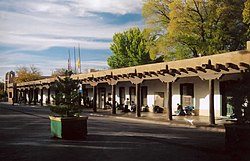
The following is an alphabetical list of articles related to the U.S. state of New Mexico .

The following is an alphabetical list of articles related to the U.S. state of New Mexico .










List of dams and reservoirs in New Mexico











| | This section is empty. You can help by adding to it. (October 2021) |
